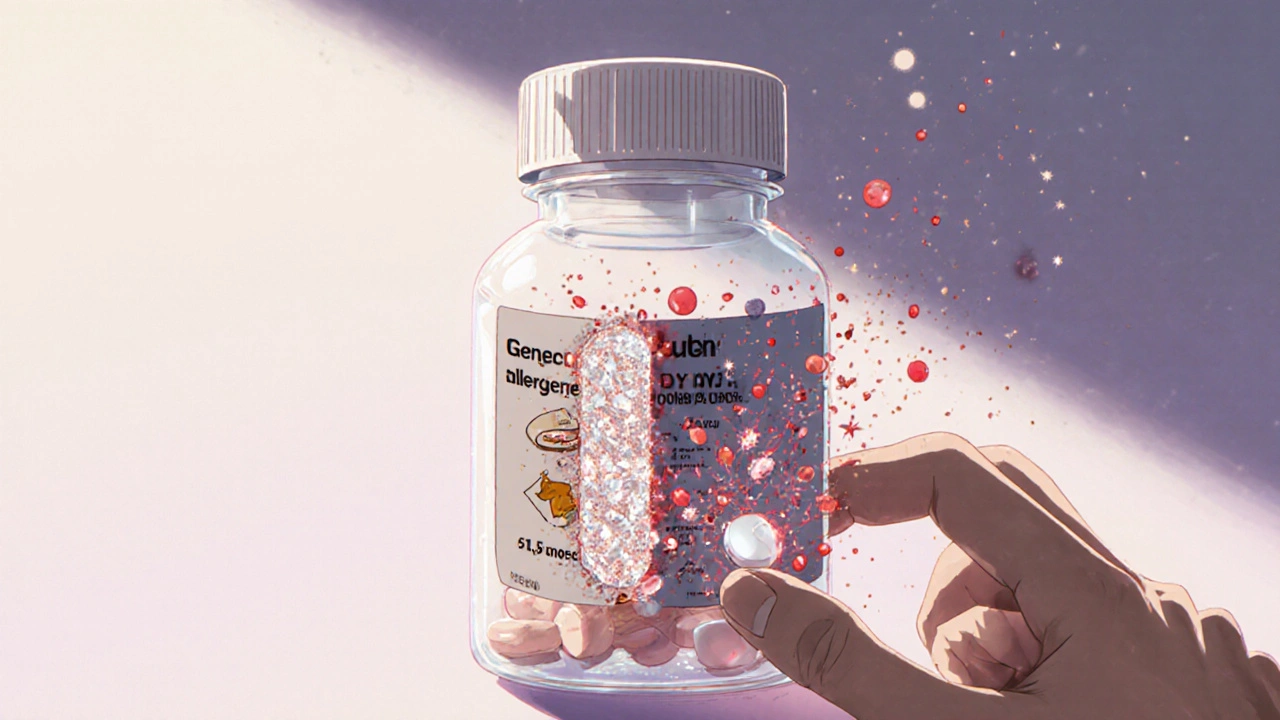Brand vs Generic Medications: What You Really Need to Know
When you pick up a prescription, you might see two names: one you recognize from TV ads, and another that’s cheaper but looks different. That’s the brand vs generic, the choice between a drug made by the original company and a copy made after the patent expires. Also known as brand name drugs vs generic equivalents, this isn’t about quality—it’s about timing, money, and how the system works. The FDA requires generic versions to have the same active ingredient, strength, dosage form, and route of administration as the brand. That means if your doctor prescribes Lipitor, and you get atorvastatin instead, you’re getting the exact same molecule that lowers cholesterol. The fillers, color, and shape? Those can change. The effect? Not so much.
But here’s what no one tells you: generic medications, the FDA-approved copies of brand-name drugs aren’t always identical in how they behave in your body. A 2019 study in Annals of Internal Medicine looked at 38 generic versions of blood pressure meds and found that while most worked just as well, a few had slight variations in absorption. That’s why some people feel different when they switch—especially with narrow-therapeutic-index drugs like warfarin or levothyroxine. It’s not the generic being bad—it’s that your body got used to one specific formulation. Your pharmacist can help you track which maker you’re getting, and if you notice a change in how you feel, speak up.
drug substitution, when a pharmacist swaps a brand drug for a generic unless the doctor says no happens automatically in most states unless you opt out. Hospitals and clinics do it too, because it saves millions. But that doesn’t mean it’s always smooth. Some people get confused when their pill changes color or size, thinking it’s a different medicine. Others worry it’s less effective. The truth? For most drugs—antibiotics, statins, antidepressants—the generic works just fine. But for conditions like epilepsy, thyroid disease, or heart rhythm disorders, consistency matters. That’s why some doctors write "Do Not Substitute" on prescriptions. It’s not skepticism—it’s precision.
And then there’s the cost. A brand-name drug can cost $300 a month. The generic? Often under $10. That’s not a trick. It’s science and regulation working together. The brand company spent years and millions developing the drug. Once the patent expires, others can make it. No need to repeat the clinical trials—just prove it behaves the same. That’s why generics are cheaper, not weaker. But watch out: some companies make "authorized generics"—same pill, different label, same price as the brand. That’s not a bargain. And some online sellers push fake generics. Always get yours from a licensed pharmacy.
What you’ll find below are real stories and facts about switching from brand to generic—whether it’s for heart meds, antidepressants, or asthma inhalers. You’ll see how people managed side effects after a switch, what to ask your pharmacist, and which drugs are safest to swap. No fluff. Just what works, what doesn’t, and what you need to know before you take the next pill.

